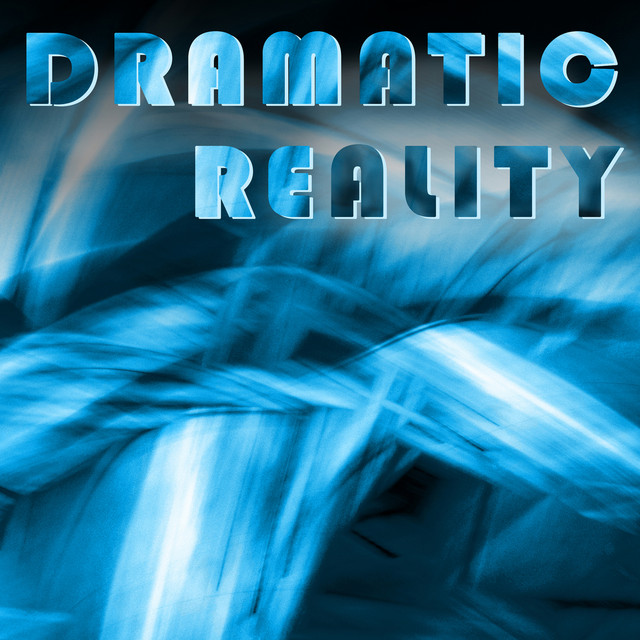Conflict is the foundation of dramatic reality. Players in media and politics intentionally or unintentionally join hands to create dramatic realities to develop and drive narratives. Both usually start their discourses with disagreements, frictions and antagonism to quickly grasp the attention of the masses.
Blake Ashforth from University of Arizona and his colleague suggest, “Life consists of diverse actions while drama is a structured action. Dramatic reality refers to the organization of what may be otherwise factually accurate information about people and events in ways that stress certain facts and underplay others. Using dramatic narratives, media and politicians are able to selectively distil a complex jumble of otherwise ambiguous and contradictory circumstances, events, pronouncements, and impressions into a simplified and relatively coherent portrayal. Elements of drama convey information in a manner that stimulates the audience interest, identification, and engagement. Dramatic narratives increase the apparent importance of a fact, therefore, allows both the politicians and the media to report news and engage their audiences morally and emotionally.”
According to Violina Rindova from University of Maryland and her colleagues, “Dramatic narratives usually begin with a disturbance to a seemingly calm or balanced situation. The disturbance creates conflict as a set of circumstances that present people with change and adversity.”
In politics or generally in the society changes and uncertainties arise from several endogenous or exogenous shocks, such as changing loyalties, emerging or diminishing alliances, economic conditions, technological changes, cultural evolution, capacity development etc. All such changes enable the media and the politicians to portray dramatic dissonance, because these changes disrupt the status quo and present relevant stakeholders with new challenges and opportunities. The greater the impact of the change on various stakeholders, the greater the extent to which these changes could be adapted as a source for dramatic reality.
It usually surprised me to notices news of every murder, rape, theft, and robbery right early in the morning on TV screens. We have been witnessing reports of decline in customer turnover on almost every Eid. We are now attuned to the news of economic susceptibility and the collapse of democratic process in the country.
Blaming outgoing or ousted regimes has become a fashion and probably the most palatable narrative for masses. This all emerges from the very first pillar of dramatic reality: the conflict, which all these players utilise knowingly or unknowingly to attain the attention of masses but they fail to comprehend the damaging aspect of creating this purposeful strife, friction and thrill. Common citizens pay the price for these conflicting and thrilling narratives through stress, depression, confusion and hostility.
We should encourage collaborations, cooperation, harmony and partnership among masses to find novel ways of progress and development. We should facilitate every initiative which contributes towards the resolution of on-ground issues of a common man. We should explicitly expect those in leadership positions and decision-making bodies to provide a clear roadmap for the prosperity of not only this generation but also the generations to come.
The beauty of human interactions lies in honourable exchanges, calm discourses, and logical narratives. However our current social environment is packed with aggression, intolerance, bullying and disrespect for others. It is this price which we are paying as a nation for these technically but inappropriately crafted conflict-based campaigns by political and media organizations. Utilising academic learning requires commitment to the rules of the game; applying outcomes of theoretical research in a naïve manner lead to the consequences which we are noticing nowadays where people are readily available on workplaces, social media platforms, in the streets and even in our immediate families to tarnish every aspect of the social fabric if anything goes against their preference or opinion.
On the basis of their strong attachments people assimilate the central character or the protagonist, which adjusts itself at the centre of their hopes. It is the second and probably the most important component of dramatic reality. People start attributing all their dreams, aspirations and expectations with the central character of the dramatic reality. Now they start considering him or her the saviour, the champion, the transformer, and whatnot.
Purposely built protagonists may not fulfil expectations of those who actually drive the whole dramatic reality, because such characters are devoid of real depth. They are usually not connected with ground realities which keep them in the illusion of being exceptionally charismatic to attract and influence every element of the dramatic reality but actually they can’t without crutches which they utilised during the journey of becoming the protagonist.
Over attribution exaggerates expected outcomes of protagonist’s actions, making them appear larger than life or at least exceptionally proactive and more capable than its competitors or opponents. Here actually lies the real tragedy, the tragedy of expectations and eventual disappointment when the heroic protagonist doesn’t deliver.
Media, politicians and seemingly both national and international invisible forces then develop a character of the protagonist. The purpose of character development in dramatic reality remains to establish credibility of the protagonist for convenient execution of the plan. Violina Rindova and her colleagues also argue that, “character development involves the provision of information about the physical, dispositional, motivational, cognitive, and behavioural attributes that characterize a protagonist– also enables audiences to like, dislike, or identify with the protagonist, thereby emotionally engaging with the dramatic narrative. By developing the character, architects can enhance the credibility of their claims that the protagonist is capable of taking the actions that resolve the uncertainty created by the dramatic reality.”
In our case, we remained victim of several such claims, from the absolute Islamic state of the mid-1980s to the modern-day Riasat-e-Madina, from the Islamic bloc of the late 1970s to siding with the USA after 9/11 against a Muslim country, from the aspirations of becoming Asian tiger to recent support deposits in the State Bank of Pakistan to manage extensive depreciation, and from planting a billion trees to erasing unemployment, ad others.
Our discourses based on dramatic reality have always taken us to either fantasies or left us in absolute despair. We need to realise that it is not exaggeration which rescues nations, actually it is the real acumen which helps societies grow and flourish. I think now we should start discouraging attention-hungry narratives and hollow slogans. We need to promote in the mainstream all practical contributions from every walk of life, no matter how dull it is.
We should encourage collaborations, cooperation, harmony and partnership among masses to find novel ways of progress and development. We should facilitate every initiative which contributes towards the resolution of on-ground issues of a common man. We should explicitly expect those in leadership positions and decision-making bodies to provide a clear roadmap for the prosperity of not only this generation but also the generations to come.






















